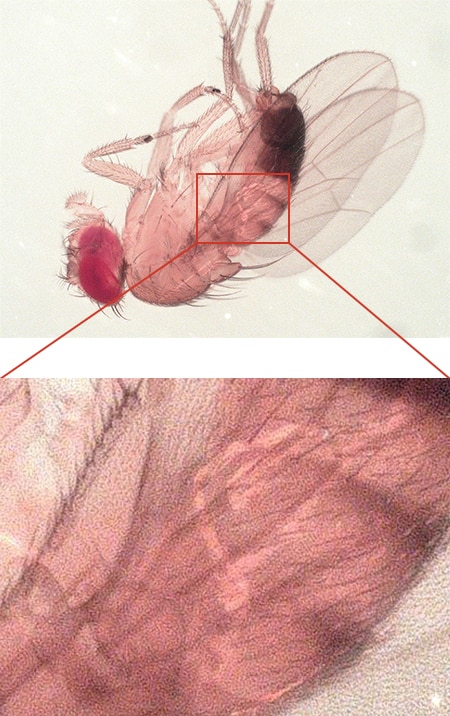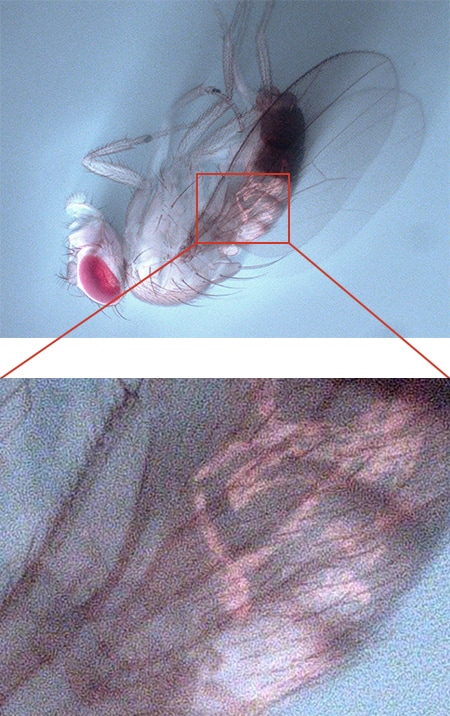Imaging Using UV Lights (Black Lights)
UV lights are also known as black lights and emit ultraviolet radiation of which only a small amount can be seen by our eyes.
This section introduces examples of image capturing and analysis with our digital microscope using UV lights.
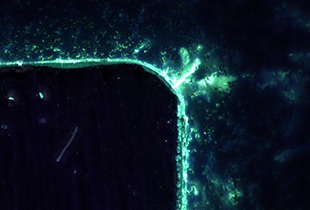
UV Lights and Fluorescence
UV lights emit ultraviolet radiation and are used in fluorescence observation.
Fluorescence refers to the property of absorbing light of a certain wavelength and emitting light with a longer wavelength.
Examples of Image Capturing with a Digital Microscope Using a UV Light
UV lights are sometimes used for indoor visual effects, but with KEYENCE’s VHX Series 4K Digital Microscope, they are used for a variety of purposes including observation of diverse fluorescent materials, mineralogy, medical jurisprudence (forensics), medicine, and biology.
Generally, fluorescence microscopes are used in fluorescence observation in medicine and biology, however, UV lights can be used for observation in industrial applications.
Penetrant test (PT)
In the aviation and automotive industries, fluorescent penetrants are used to observe microscopic scratches and cracks invisible to the naked eye.
Fluorescent paint is applied to the target, which is then washed clean, leaving behind just the fluorescent substance in the scratches and cracks. Applying UV light to this substance causes it to generate fluorescence, which can be checked with the naked eye and cameras. The VHX Series can be used to image microscopic scratches at high magnifications.
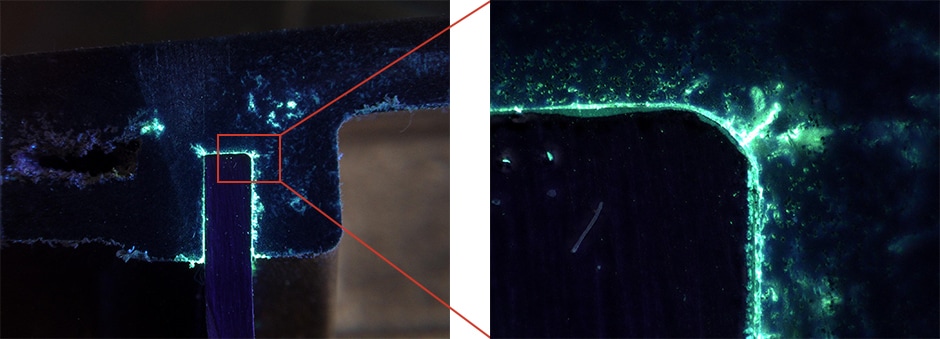
- Left: 20x
- Right: 200x
Checking the amount of flux remaining on electronic PCBs and checking them for foreign particles
Black lights can be used to check for flux remaining on electronic PCBs because this substance generates fluorescence under these lights. They also make it easy to detect dust and other foreign particles, which cause short circuits, so these lights are very useful in the inspection of electronic parts.
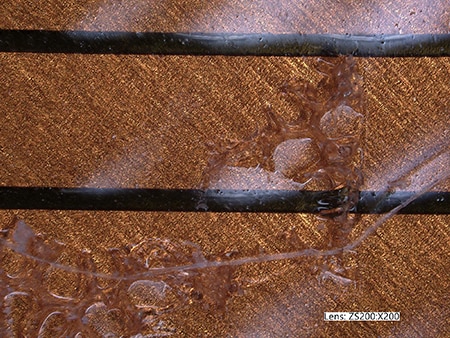
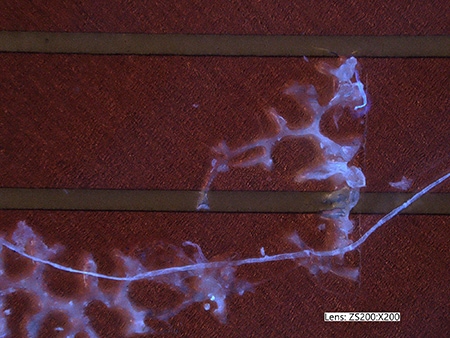
Checking minerals, gems, etc.
UV lights are used in the appraisal of certain gems and minerals due to the fluorescence reaction that occurs in some components.
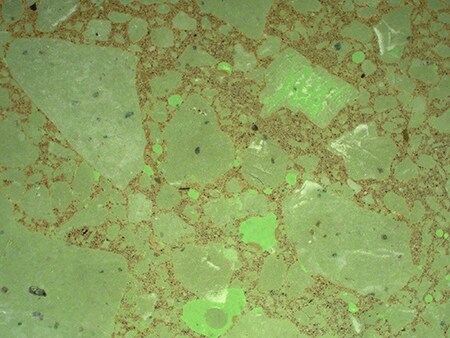
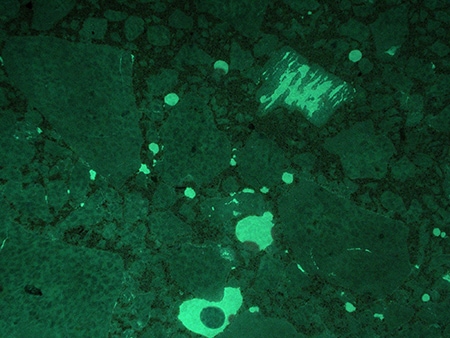
Checking for dust, dirt, etc.
Dust generates white fluorescence under black lights. In forensics, this phenomenon is used to identify fibres attached to objects. Additionally, dog, cat, and human urine reacts under black lights, so they are used to check whether areas have been thoroughly cleaned.
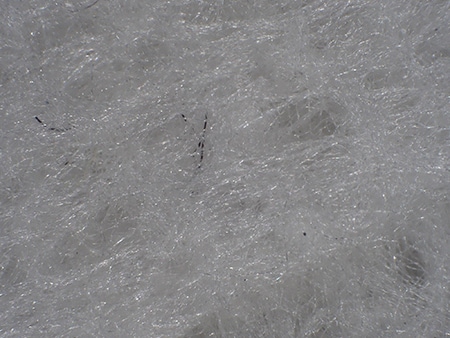
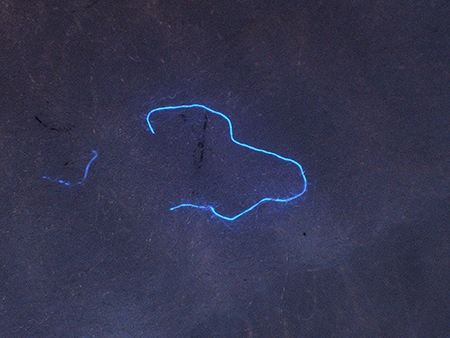
In vivo observation (drosophila)
In biological applications, these lights allow for observation with the light penetrating the living body.
